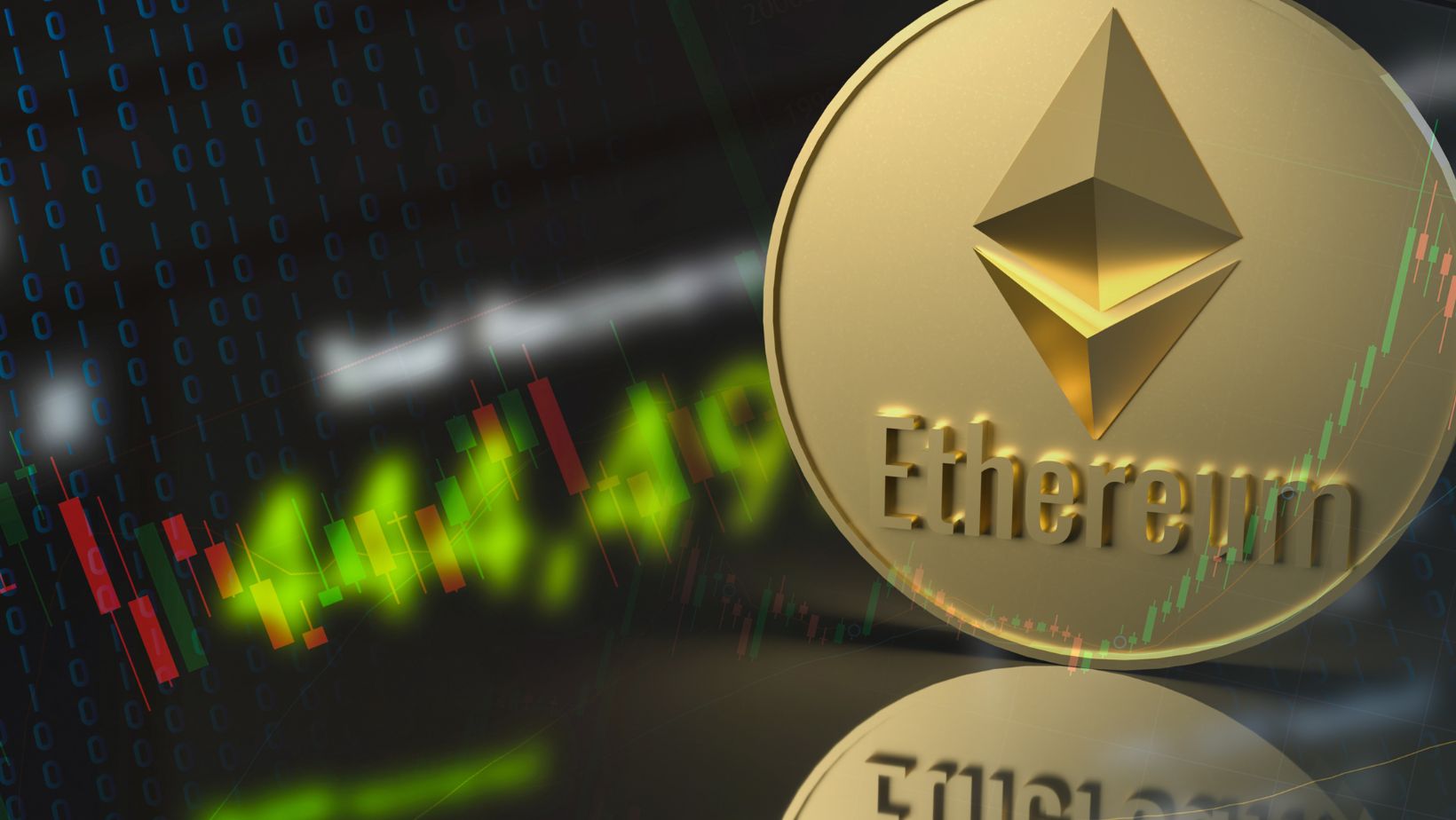Introduction: A Convergence of Macro, Tech, and Market Structure
Ethereum enters 2025 with stronger institutional access, maturing Layer 2 (L2) ecosystems, and an increasingly sophisticated on-chain economy. Yet ETH’s valuation remains a product of multiple moving parts: global liquidity and interest rates, the pace and quality of protocol upgrades, staking and restaking dynamics, stablecoin flows, and evolving market structure around ETFs and derivatives. Understanding how these forces intersect is essential for interpreting the next leg of the cycle and what it could mean for an investor’s base currency lens—typically tracked as Ethereum Price USD.
Macro Backdrop: Rates, Real Yields, and the Dollar
Macro conditions remain the single largest top-down driver of crypto risk premia. If real interest rates ease and global liquidity expands, discount rates fall and risk appetite improves, which typically supports higher valuations for long-duration, growth-like assets such as ETH. Conversely, a “higher-for-longer” rate regime and quantitative tightening compress multiples, reduce leverage, and weigh on speculative activity across DeFi, NFTs, and L2 usage.
The U.S. dollar’s strength is another pivot. A weaker DXY tends to coincide with friendlier global conditions and improved flows into dollar-denominated risk assets; a stronger dollar tightens global financial conditions and can sap demand for crypto exposure outside the U.S. Watch cross-currents from the Fed, ECB, BOJ, and PBOC: synchronized easing is a powerful tailwind, while synchronized tightening can overwhelm idiosyncratic crypto positives.
Institutional Access: ETFs, Custody, and Tokenization
The launch and early growth of spot ETH exchange-traded products in major jurisdictions during 2024 broadened the buyer base. In 2025, sustained net inflows, tighter spreads, and deeper options markets around these vehicles could anchor demand, especially for advisors and institutions constrained to regulated wrappers. Parallel to that, enterprise tokenization pilots—money-market fund tokens, short-term debt, and on-chain collateral—are moving from proofs-of-concept to production, bringing predictable settlement flows to Ethereum and its L2s. Together, these pipes reduce frictions that previously limited strategic allocation to ETH.
Scaling Roadmap: From EIP‑4844 to Pectra and Beyond
EIP‑4844 (proto‑danksharding) in 2024 lowered L2 data costs via “blobs,” catalyzing cheaper transactions and rising throughput off-chain while anchoring security on L1. In 2025, the focus turns to the Pectra upgrade (a combination of Prague and Electra), which is expected to ship quality-of-life improvements for developers and users, along with steps toward better account abstraction. Progress on the “Surge” (continued scalability), “Verge” (Verkle trees for state efficiency), “Purge” (state cleanup), and “Splurge” (assorted improvements) will be closely scrutinized by markets assessing long-run competitiveness.
The key valuation question isn’t just speed; it’s whether cheaper L2 blockspace drives durable activity that accrues to ETH through security demand, fee markets, and ecosystem gravity. Execution quality—safe upgrades, client diversity, MEV mitigation, reliable infrastructure—will influence how much utility turns into sustained price support.
Staking and Restaking: Supply, Yield, and Correlation Risk
Staking has transformed ETH into a yield-bearing asset, with rewards sourced from issuance, priority fees, and MEV. As staking participation rises, baseline issuance is spread over more validators, nudging nominal yields lower but reducing liquid float. In 2025, restaking (using staked ETH to secure additional services) remains a pivotal narrative. It can enhance capital efficiency but introduces new risks: correlated slashing across services, governance complexity, and liquidity stress in liquid restaking tokens (LRTs). Markets will reward protocols that clearly bound risk and penalize designs that concentrate it.
From a price perspective, higher staking and restaking participation can reduce effective supply available for sale, supporting price during neutral macro periods. However, during deleveraging events, LST/LRT discounts to NAV can exacerbate volatility as players unwind leveraged positions.
Fee Burn and Activity Mix: Reflexivity with Nuance
EIP‑1559 burns the L1 base fee, creating a link between usage and ETH’s net supply. After EIP‑4844, more activity migrates to L2s, where blob fees are not burned at L1. This reduces L1 burn intensity even as total ecosystem transactions grow. The 2025 outlook hinges on the composition of activity: high-value L1 use (DeFi base layers, settlement bursts, NFT mints) sustains burn; mass L2 usage expands the economy and can still raise demand for ETH via staking, security assumptions, and L2-to-L1 settlement. The sweet spot is an expanding L2 universe that periodically drives L1 congestion and healthy fee burn, rather than a complete fee compression at the base layer.
Stablecoins and On-Chain Liquidity
Stablecoins remain the crypto-native M2. Growth in regulated stablecoins and tokenized cash instruments on Ethereum increases exchange and DeFi liquidity, supports market-making, and generally precedes healthier on-chain activity. Regulatory clarity around stablecoin issuance and bank connectivity in 2025 would be a tailwind; restrictive rules or issuer-specific shocks would be a headwind. For ETH valuation, greater stablecoin float on Ethereum’s rails typically correlates with stronger trading volumes, higher fee generation, and increased demand for settlement security.
Competitive Landscape: L1s, L2s, and Modularity
Ethereum’s moat is composability and security as a neutral settlement layer. Still, competition is real: performance-focused L1s vie for consumer apps, and alternative L2 stacks court developers with incentives and different UX trade-offs. Shared sequencing, intent-based architectures, and modular data availability layers blur the boundaries of “the Ethereum economy.” In 2025, consolidation among L2s and a shift toward Ethereum-aligned stacks could reinforce network effects, whereas fragmentation or security incidents could erode them. Markets will watch whether liquidity and developers coalesce around a handful of robust rollups anchored to Ethereum.
Market Structure: Derivatives, Funding, and ETF Flows
ETH’s short-term path is often dictated by positioning. Elevated open interest with one-sided perp funding, crowded options skews, or basis dislocations can set up sharp squeezes that temporarily decouple price from fundamentals.

The maturation of ETH ETF options and futures around spot products in 2025 may improve price discovery but can also introduce reflexive flows (e.g., hedging and gamma dynamics). ETF net creations/redemptions are a new, transparent signal of institutional demand that traders will track alongside exchange flows and stablecoin issuance.
Scenarios for 2025
- Bull case: Real rates decline, the dollar weakens, and global liquidity expands. ETH ETFs see sustained net inflows; L2 activity surges with visible enterprise and consumer use; fee burn periodically turns net deflationary; staking participation rises without major restaking incidents. In this regime, multiples expand and drawdowns are shallower.
- Base case: Rates drift lower but stay positive in real terms; liquidity is mixed. ETF flows are choppy but net positive. L2 usage grows, with L1 fees moderate but resilient. Restaking risk remains well-managed. ETH grinds higher with cyclical corrections.
- Bear case: “Higher-for-longer” rates, strong dollar, and QT persist. ETF inflows stall or reverse; stablecoin supply contracts; LST/LRT discounts widen during risk-off periods; an upgrade delay or security scare hits sentiment. Valuations compress and volatility returns to bear-market norms.
Metrics to Watch
- Macro: real yields (TIPS), DXY, central bank balance-sheet trends, and liquidity plumbing (TGA, RRP).
- Flows: ETF creations/redemptions, stablecoin net issuance on Ethereum, exchange reserves.
- On-chain: gas used, base-fee burn, L2 blob usage and TPS, settlement frequency to L1.
- Staking: participation rate, effective yields, LST/LRT premiums/discounts, validator/client diversity.
- Derivatives: perp funding, futures basis, options OI and skew around major expiries.
Risks and Wildcards
Key risks include regulatory shocks (stablecoin rules, exchange enforcement, product restrictions), technical issues (client bugs, upgrade regressions, MEV/censorship dynamics), and market-structure stress (custodian failures, collateral shortfalls). A left-tail wildcard is correlated slashing across restaked services; a right-tail wildcard is a breakout tokenization success that drives sustained institutional settlement volume to Ethereum and its L2s.
Conclusion: Conditions, Execution, and Positioning
ETH in 2025 will be priced at the intersection of macro conditions and network execution. Easing real rates and expanding liquidity would provide the tide that lifts valuations; robust L2 adoption, prudent restaking, and steady burn would convert that tide into durable gains. Conversely, tight policy plus tepid on-chain demand would expose ETH to multiple compression and sharper cyclicality. For investors, the practical stance is to pair macro awareness with crypto-native indicators, translate views into risk budgets and rebalancing rules, and keep a close eye on institutional flow signals and on-chain health. If execution stays on track and liquidity turns supportive, the outlook favors a constructive bias; if either wobbles, patience and disciplined sizing become the edge.


